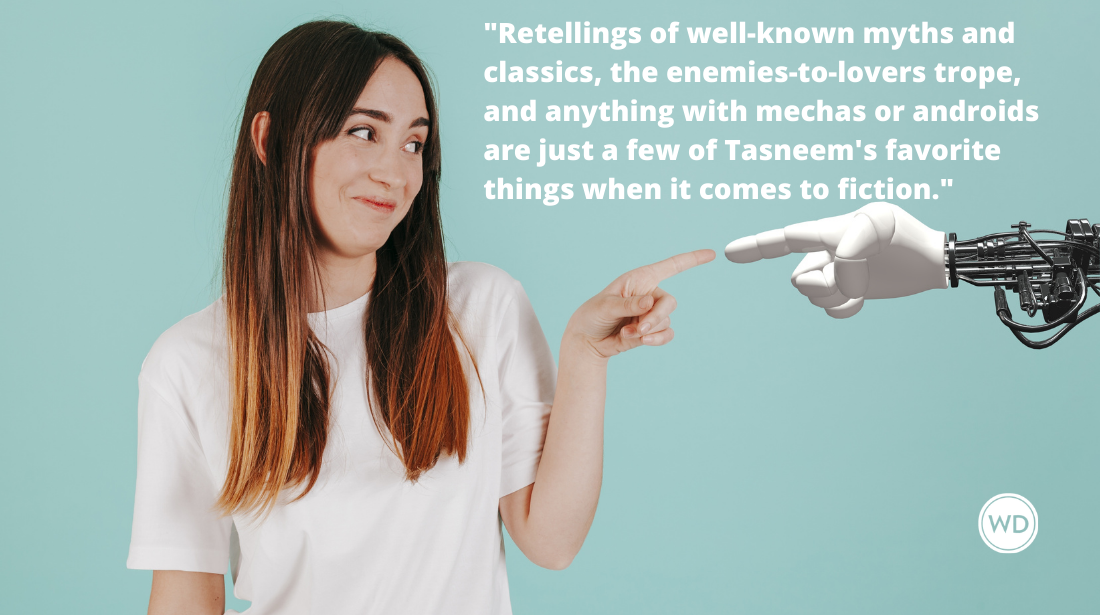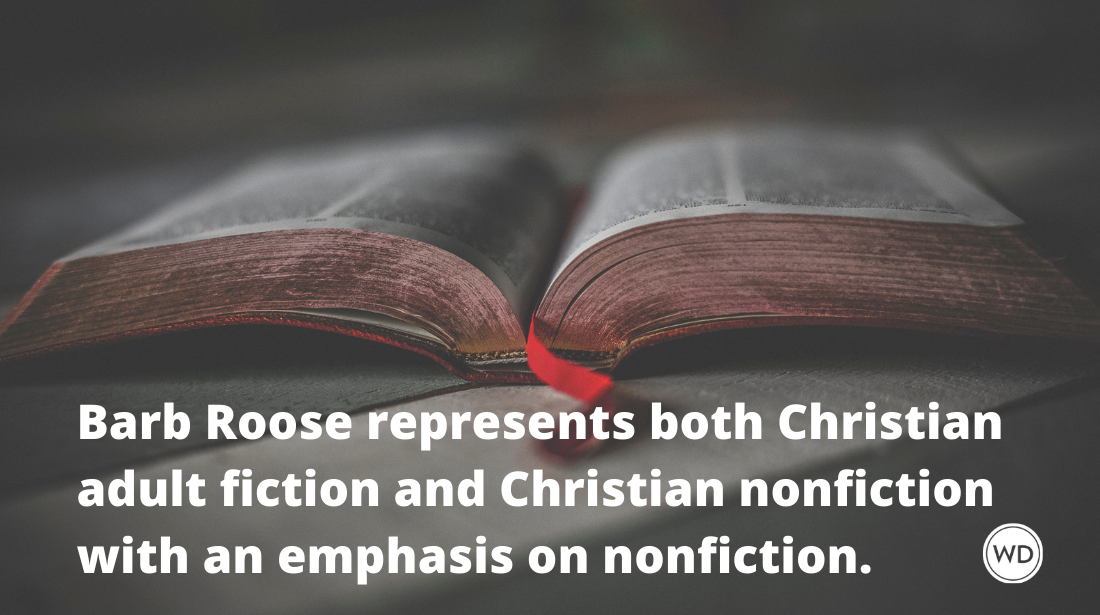Working with a Publishing House Editor
Prior to working with Susan Swinwood, senior editor of Mira Books, my only experience with editors dated back to my college days. A short story called “ The Sand Castle” was picked up for our college literary magazine. The editor said he loved my story, but added that it could use “a spot of editing.” I didn’t really know what editing entailed, but was amazed at how changes he made to my story altered the flavor completely, not wholly to my liking. For example, he replaced a simple sentence like “He slipped out of the apartment” with “The urge in him wound itself around the door knob.” Many such robust edits later, the story still had my byline, but frankly I felt like it had been written by someone else. This unfortunate experience gave me a jaundiced view of an editor’s job, which I believed was to bully writers and mess up good writing (or at least my definition of “good.”)
Prior to working with Susan Swinwood, senior editor of Mira Books, my only experience with editors dated back to my college days. A short story called “ The Sand Castle” was picked up for our college literary magazine. The editor said he loved my story, but added that it could use “a spot of editing.” I didn’t really know what editing entailed, but was amazed at how changes he made to my story altered the flavor completely, not wholly to my liking. For example, he replaced a simple sentence like “He slipped out of the apartment” with “The urge in him wound itself around the door knob.” Many such robust edits later, the story still had my byline, but frankly I felt like it had been written by someone else. This unfortunate experience gave me a jaundiced view of an editor’s job, which I believed was to bully writers and mess up good writing (or at least my definition of “good.”)
Order a copy of Shona Patel's Teatime for the Firefly today.
Amazon
[WD uses affiliate links.]
Several decades later, having just completed the process of working with Susan Swinwood on my first novel, I realize nothing is further from the truth. At its best, the writer-editor relationship is a dynamic collaboration. Compatibility is key, and if you are lucky to work with a good editor, as I was, the process is invigorating. While Susan acted as a sounding board, she did not offer specific solutions. Following a thorough critical assessment of my manuscript, she handed it back to me with the mandate to address the following issues:
- I needed to find a creative way to connect the first and second halves of the novel. My editor pointed out that what was missing in the second half were the feelings and emotional responses of my main character. The creative solution I came up with was the addition of more letters, which I had used liberally in the first half, which also lent stylistic consistency to the novel.
- She urged me to examine the pacing in specific chapters that was affecting the flow. Some chapters were too long and needed to be cut down, whereas the shorter chapters had to be combined.
- She exhorted me to explore ways to reinforce and integrate the themes of fate and superstition more strongly into my plot.
- Likewise, she suggested that I extend the roles/stories of some of the more interesting characters in my story.
- Susan challenged me to critically assess each chapter ending to ensure it closed on a lyrical, poignant or otherwise compelling note, to entice the reader to keep going.
- She highlighted inconsistencies in the timeline which I needed to rectify.
- Finally, she challenged me to create a stronger ending for the novel.
Initially these changes seemed like a tall order. However, once I actually got down to the task, I found that some smart tweaking, reshuffling and adding in a couple of new chapters was all it really took. I learned to take it one step at a time and not to lose my head worrying about the deadline.
Susan posed several other suggestions, too, which we discussed and ultimately decided not to pursue. That’s the beauty of a strong editing team: while the editor can and will suggest changes, it is up the writer to “try them on for size” and assess ultimate fit. Above all I found it important to remain objective. Being too attached to one’s work is a recipe for heartbreak and “stuckness.” I ended up hacking off huge sections of my manuscript that had taken me months of research and writing. I learned to be heartless when it comes to revisions—ultimately it’s about the reader, not about the author. Having gone through several rounds of edits with my writers’ group, my beta readers and my agent, I found myself ready to gear up for working with a publishing editor, which was focused and intense. What I learned in the process are things I keep in mind as I write my second novel. Hopefully I can now see the fault lines before the crack.
Nothing is quite so exciting as seeing a novel come to life, enlarged and enriched beyond anything you as the author may have initially seen. In many ways a good editor will show you the real story lurking within the structure of what you created.
Shona Patel is the daughter of an Assam tea planter, drew upon her personal observations and experiences to create the vivid characters and setting for Teatime for the Firefly. An honors graduate in English literature from Calcutta University, Ms. Patel has won several awards for creative writing and is a trained graphic and architectural designer. TEATIME FOR THE FIREFLY (September 2013, Harlequin MIRA) is her debut novel. Find her on Twitter. Shona is represented by April Eberhardt of April Eberhardt Literary.







